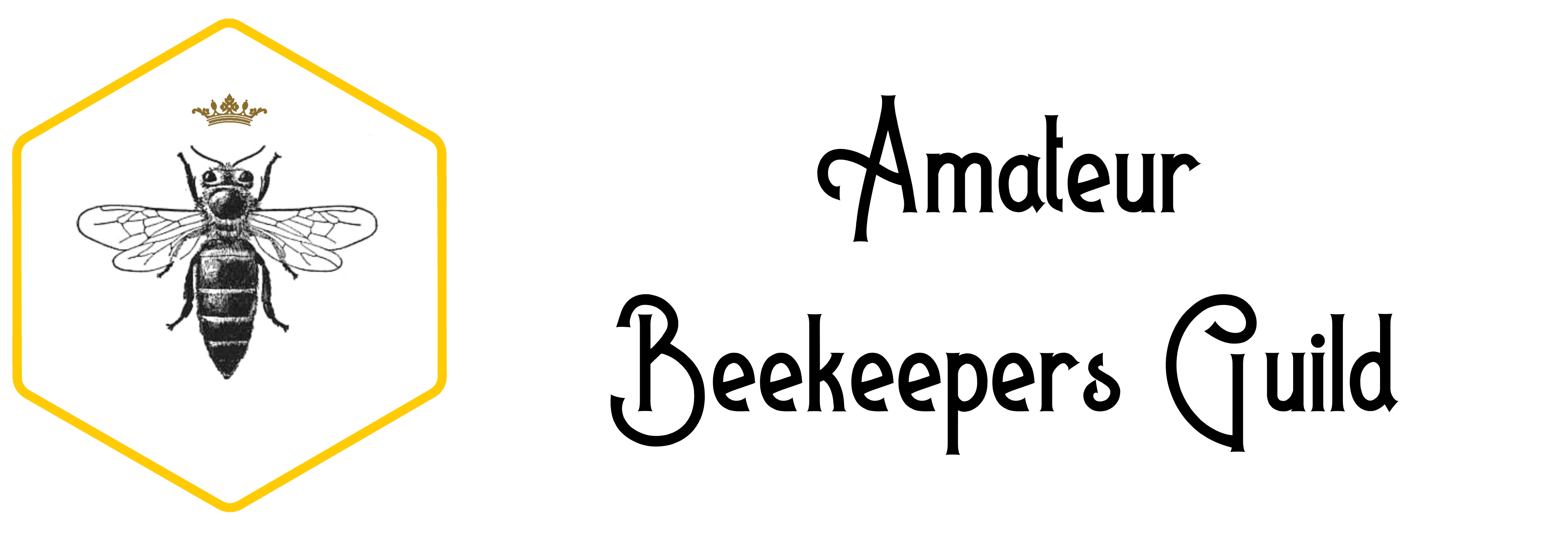-
A hive may have 80,000 bees in it.
-
In most hives there is one queen, a few hundred drones (male bees), and the rest are workers (female bees)
-
The workers do all the work in the hive.
-
All the bees in the hive are the offspring of the queen. They are all brothers and sisters.
-
The queen lays all the eggs. She can lay more than her own weight in eggs in one day.
-
The queen bee comes from a fertilised egg, the same as the workers but she is fed an abundance of royal jelly.
-
Drones come from unfertilised eggs so they inherit everything from the queen.
-
The queen leaves the hive on mating flights during the first 10-12 days of her life.
-
She can mate with more than one drone. The drones die after mating.
-
After mating the queen does not go out except with a swarm.
-
Queen will not normally tolerate another queen in the hive. They will fight and destroy queen cells until only one queen survives.
-
Sometimes they will avoid a fight by going out with a swarm.
-
Drones have no sting and cannot fight, They cannot gather food for themselves or for the hive. They cannot make wax. They are usually killed by the workers every autumn.
-
Young bees are house bees, they graduate to field bees as they get older. House bees clean cells, feed the young, store food, make wax, guard the entrance, air condition the hive, tend the queen, learn to fly and find their way about.
-
Field bees do all the foraging for nectar, pollen, water and propolis.
-
To make honey the bees evaporate the water reducing the water content of the nectar down to a little under 20%. The honey is then ripe and viscous as we know it.
-
Honey provides the bees with energy – heat to keep the baby larvae at an even temperature of about 34 deg C, and energy to fly gathering food for the colony.
-
Pollen provides the protein which allows the bees to grow. Pollen is also required to stimulate the glands which produce the royal jelly for the queen and the young larva.
-
The honey bee is an excellent pollinating agent for non-native plants because the foraging bee keeps to the same flower species on any one trip.
-
There are four main varieties of introduced bees in Australia. The amateur is encouraged to keep quiet strains that are easier to handle, produce less swarms and will not be a nuisance to people.

